the city of calgarys
urban forest
past, present & future
nikki anguish
William Pearce, a civil engineer and trusted bureaucrat, was an influential Canadian known as the Czar of the Prairies. In 1918, William Pearce wanted Calgary to be a City of Trees and declared his vision in a letter sent to the mayor and council of the City of Calgary. In 1988, nearly seventy years later, the City of Calgary created The Urban Forest Management Policy and Implementation Strategiesthe document that directed Calgary Parks to formalize an Urban Forestry program.
In 2007, council approved the Urban Forest Strategic Plan. As our guiding document, the strategic plan outlines fifteen principles that fall under three main areas: (1) Achieve and maintain healthy trees; (2) Collaborate with the community; and (3) Resource to manage and measure the asset. The City of Calgary recognizes and values the benefits of trees within the cityscape: this is reflected in establishing a long-range target of 16 per cent within the over-arching City of Calgary Municipal Development Plan (MDP). Presently the City of Calgary has an urban canopy of 8.25 per cent that comprises approximately 7,000,000 trees located on both private lands and public lands; Urban Forestry stewards nearly 630,000 of those public assets located in destination parks, green spaces, and boulevards.
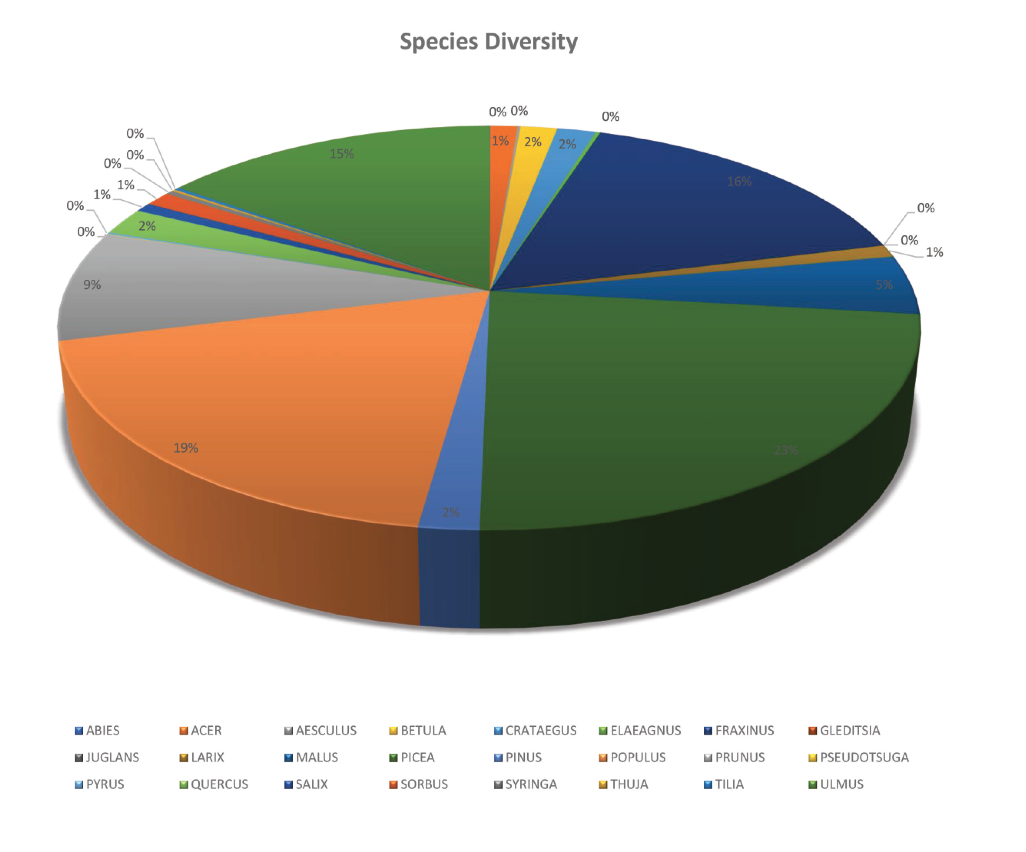
achieve and maintain healthy trees
The key to tree survival and longevity is to provide a solid fountain by ensuring good growing conditions and adequate moisture for the first three to five years. This is a crucial element for increasing viability in Calgarys arid climate, which has also seen an increase in severe weather events in the past five years. We provide supplemental water for the first five years. Maintaining a trees structural integrity starts with pruning. We prune trees for clearance over sidewalks as well as over the roads, for public safety, and for tree health. Our pruning activities are both planned and reactive, inspecting upward of 50,000 trees annually and pruning over 12,000.
We must also strive to protect our mature trees from development. Larger trees contribute to our canopy more so than smaller/younger trees, have more biomass, and provide a net-positive gain in carbon sequestration; hence, protecting the trees we currently have is paramount in achieving our canopy goals. In a growing city, there is a delicate balance between the need for new and mature trees. As communities age, they experience different challenges with their respective trees: New communities have a young canopy with trees relatively close in age; the challenge here is to diversify the age and establish the young. Older, inner-city communities have beautiful tree-lined streets. Often it is within these communities that we see in-fill developments. These redevelopment activities impact the mature canopy and hence challenge us to protect our mature trees while also supporting redevelopment.
Our canopy today consists of a diverse variety of species, as indicated on page 89.
Planting a varied population helps to build resiliency within the urban forest by ensuring genetic diversity, which allows the population to better adapt to environmental and biological changes. Our partnerships with not-for-profit organizations such as the Calgary Zoological Society allow us to further diversify by growing specimen trees and tender species in a fully controlled environment.
collaborate with the community
One of our biggest opportunities to grow the urban canopy lies in engaging the communities and providing education programs on trees. Nearly 75 per cent of the urban canopy is located on private property, making public engagement on private lands essential to our continued success. Partnering with various groups, we provide educational opportunities and volunteer planting experiences throughout the city.
Calgary Parks Urban Forestry has created several online learning modules to provide citizens with free, self-directed courses on basic tree care. A desire to build a culture of trees in Calgary has gained momentum, as community orchards are becoming increasingly popular. In response, Urban Forestry has collaborated with community associations to support creating and maintaining productive fruit tree orchards within their communities. The Hillhurst/Sunnyside community orchard was one of the first orchards in the city; it contains a variety of mature apple, hazelnut, gooseberry, apricot, and pear trees, helping to encourage local food production and foster community involvement.
resource to manage and measure the asset
Although most sustainable urban forestry models are directed toward commercial forests, the basic concepts apply and are relevant to our urban forest. By adopting and complying with international ISO 14001 standards, Calgary shows our commitment to a sustainable urban forest.
Albertas Occupational Health and Safety Code identifies two activities (Forestry and Tree Care Operations) as having specific requirements to perform the work safely. By hiring trained staff and facilitating their continued education, Urban Forestry demonstrates our commitment to industry professionalism and safety, further enabling us to adopt industry standards and best practices. Regular benchmarking and self-assessment helps us to focus our efforts and effectively manage our urban forest.
Urban Forestry is recognized (by council and administration) as a service line under the One Calgary initiative. Being one of the most vital natural resources, trees positively contribute to all aspects of lifesocial, environmental, and economic. Early Calgary was once a nearly treeless landscape not naturally supportive to trees, making the challenge of maintaining a healthy, sustainable, resilient canopy a difficult oneone that we as Calgarians consistently rise to. Now, with over $1.3 billion in assets, Urban Forestry highlights the efforts put forth by both past and present Calgarians to make our home a City of Trees.
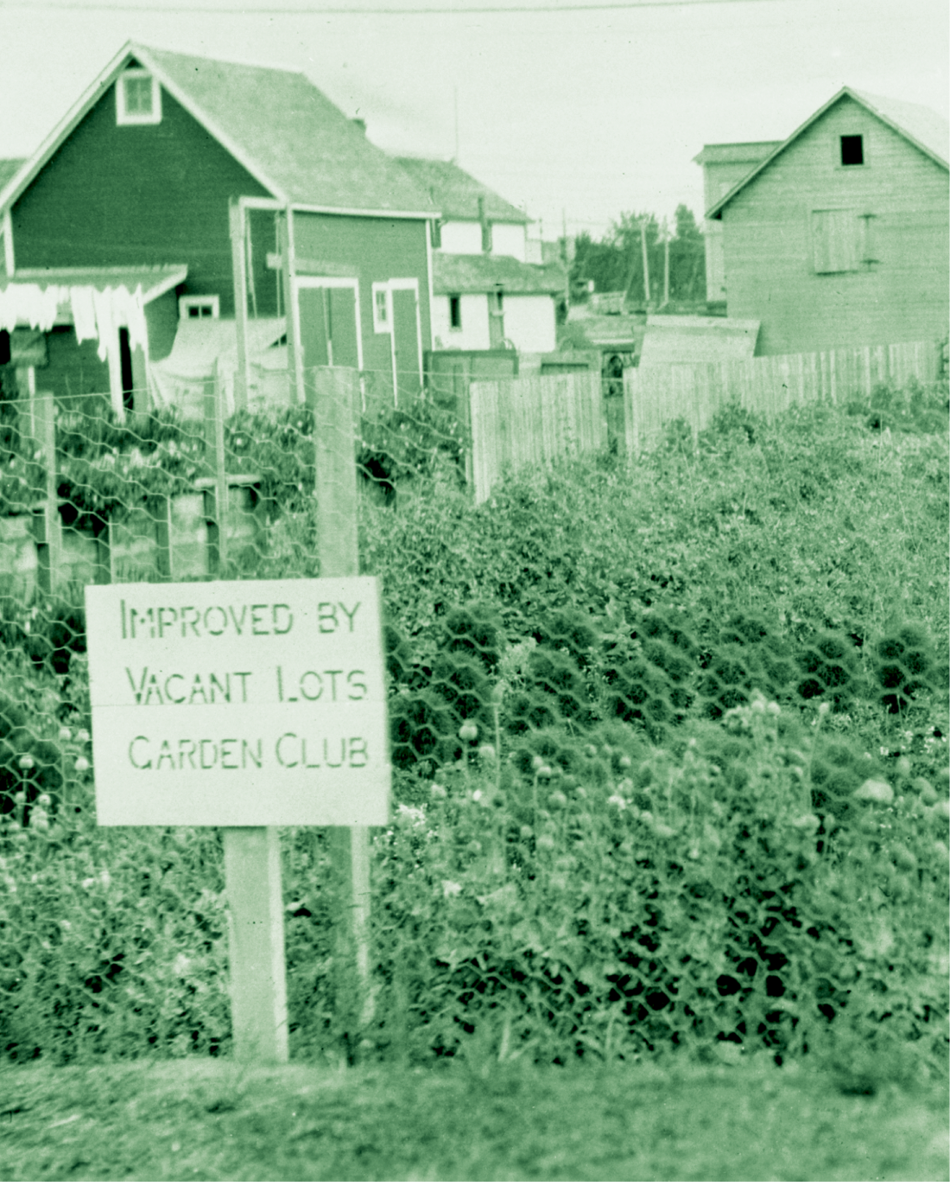 Gardening on vacant lot
Gardening on vacant lot, Calgary, Alberta. [ca. 1920] Glenbow Archives, NA160485.
make the waste places
f r u i t f u l g a r d e n s
the calgary vacant lots garden club
1914-1952
jim ellis
Long before the guerilla gardening movements of New York and Los Angeles, and before the resurgence in popularity of community gardens across North America, there were social assistance programs involving the cultivation of urban vacant lots. The first organized civic programs were in Detroit, New York, and Philadelphia in the 1890s, designed to help the unemployed in the midst of an economic recession.
In the eyes of social reformers, the vacant lot movement did more than simply feed the poor: the Third Annual Report of the Philadelphia Vacant Lots Cultivation Association drew attention to the effect it has had upon many of the gardeners from a social and moral standpoint.
In Calgary, the impulse to form an urban gardening organization responded to some of the same practical and philosophical concerns that informed the American movement: practically speaking, fruits and vegetables were expensive, and most were imported from British Columbia. Philosophically, the vacant lot club combined the interests of
social welfare with the Garden City movements of the late nineteenth and early twentieth centuries. In 1912, the charismatic British city planner Thomas Mawson visited a number of Canadian cities, and gave an inspirational speech to the Canadian Club of Calgary titled The City on the Plain, and How to Make it Beautiful. Mawson was particularly

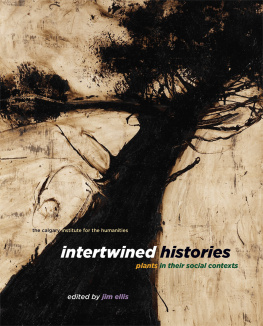


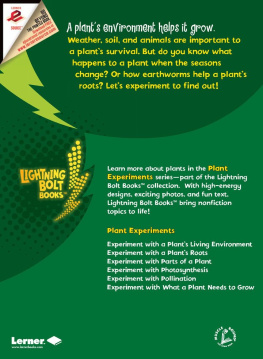
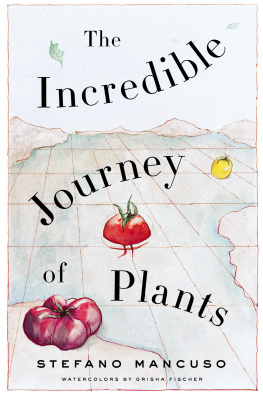

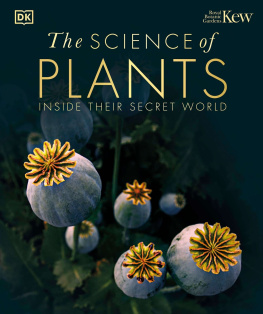

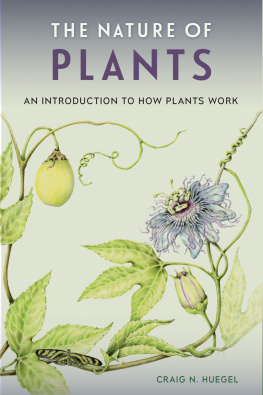
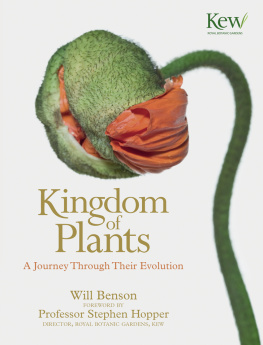

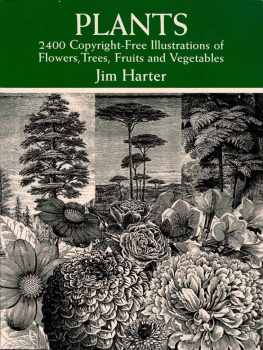

 Gardening on vacant lot, Calgary, Alberta. [ca. 1920] Glenbow Archives, NA160485.
Gardening on vacant lot, Calgary, Alberta. [ca. 1920] Glenbow Archives, NA160485.